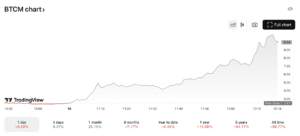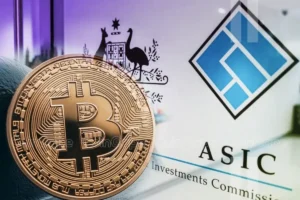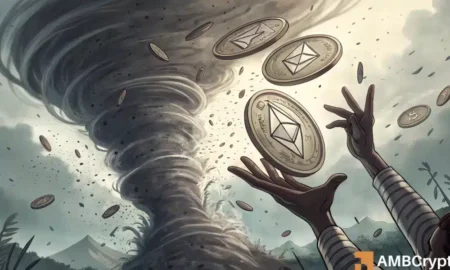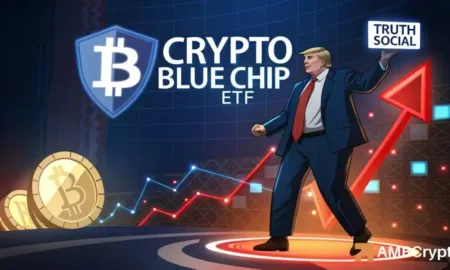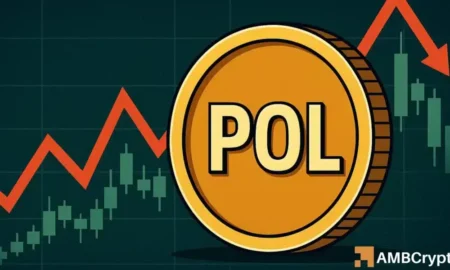Aave vs. Lido: A Comprehensive Analysis of DeFi Lending Dominance
Introduction to DeFi Growth
The decentralized finance (DeFi) sector has rapidly evolved, and prominent players like Aave and Lido have taken center stage. Aave’s impressive growth, recently surpassing $775 billion in cumulative borrow volume, illustrates its increasing importance in the DeFi lending landscape. Meanwhile, Lido’s dwindling influence signals a shift in the market. The ongoing battle for Total Value Locked (TVL) dominance highlights the competitive nature of these platforms. In this article, we will explore Aave’s remarkable ascent, its contrast with Lido, and the implications for investors and the DeFi ecosystem.
Aave’s March Towards $1 Trillion
Aave’s milestones reflect its significant role in shaping DeFi. The platform has consistently transformed traditional lending practices by enabling decentralized credit opportunities. With founder Stani Kulechov’s bold prediction of breaching the $1 trillion mark in cumulative borrow volume, Aave appears poised for further growth. The accumulation of borrow volume since 2021 signifies builders’ and users’ increasing trust in decentralized systems. Beyond that, the protocol’s rising TVL highlights confidence in Aave’s model, indicating an essential transition from lesser-known experiments to mainstream solutions in finance.
TVL Landscape: Aave Outshines Lido
As of July 2025, Aave has surged past Lido in Total Value Locked, challenging Lido’s prior dominance in the DeFi sector. At one point, Lido controlled 37% of the overall TVL, while Aave accounted for merely 24%. However, with Aave claiming 39% of DeFi TVL and nearly half of the lending sector’s TVL, the dynamics have clearly shifted. This growth underlines Aave’s role as the foundational utility in DeFi lending while highlighting Lido’s diminishing influence. The contrasting TVL trends serve as a bellwether for investors, signaling who the prominent players in the DeFi space will be as it continues to evolve.
Price Dynamics: A Deeper Insight
Investors must look beyond just TVL to understand the true health of these ecosystems. The price performance of AAVE, which has experienced a 253% rise over the past year, stands in sharp contrast to Lido’s 55% decline. This stark difference demonstrates the growing bullish sentiment surrounding Aave, indicated by a sustained upward price structure. Lido, on the other hand, struggles with indecision, as reflected in its recent price action. AAVE leads in establishing a bullish pattern, characterized by higher highs and strong trendline support, projecting a more confident market sentiment. This differentiation in price trends can indicate potential investor movements and strategic shifts.
Sentiment and Market Conditions
While price structures provide insight into market sentiment, external factors will also heavily influence both AAVE and LDO. Aave appears firmly positioned, thanks to robust price momentum and growing adoption rates. In contrast, Lido’s potential resurgence may hinge on reclaiming its trendline support alongside broader macroeconomic conditions. Should Lido succeed in reversing its current downtrend, it might instigate a shift in sentiment, facilitating renewed interest. Thus, the future trajectories of both tokens offer contrasting narratives about investor confidence and the overall health of the DeFi market, underscoring the complexity of trading sentiment.
Conclusion: The Future of DeFi Lending
The intense competition between Aave and Lido epitomizes the ever-evolving landscape of DeFi. With Aave’s remarkable borrow volume and significant TVL gain, it is capturing the market’s attention, while Lido wrestles to maintain its footing. As the sector expands, the narratives surrounding these platforms will shape investor strategies and the evolution of decentralized finance at large. The ongoing developments warrant close observation, and the emerging trends will be crucial for determining where investors should allocate their resources in the rapidly changing DeFi ecosystem. Aave may well be on track to redefine lending norms, while the future remains uncertain for Lido unless it mounts a robust comeback.

